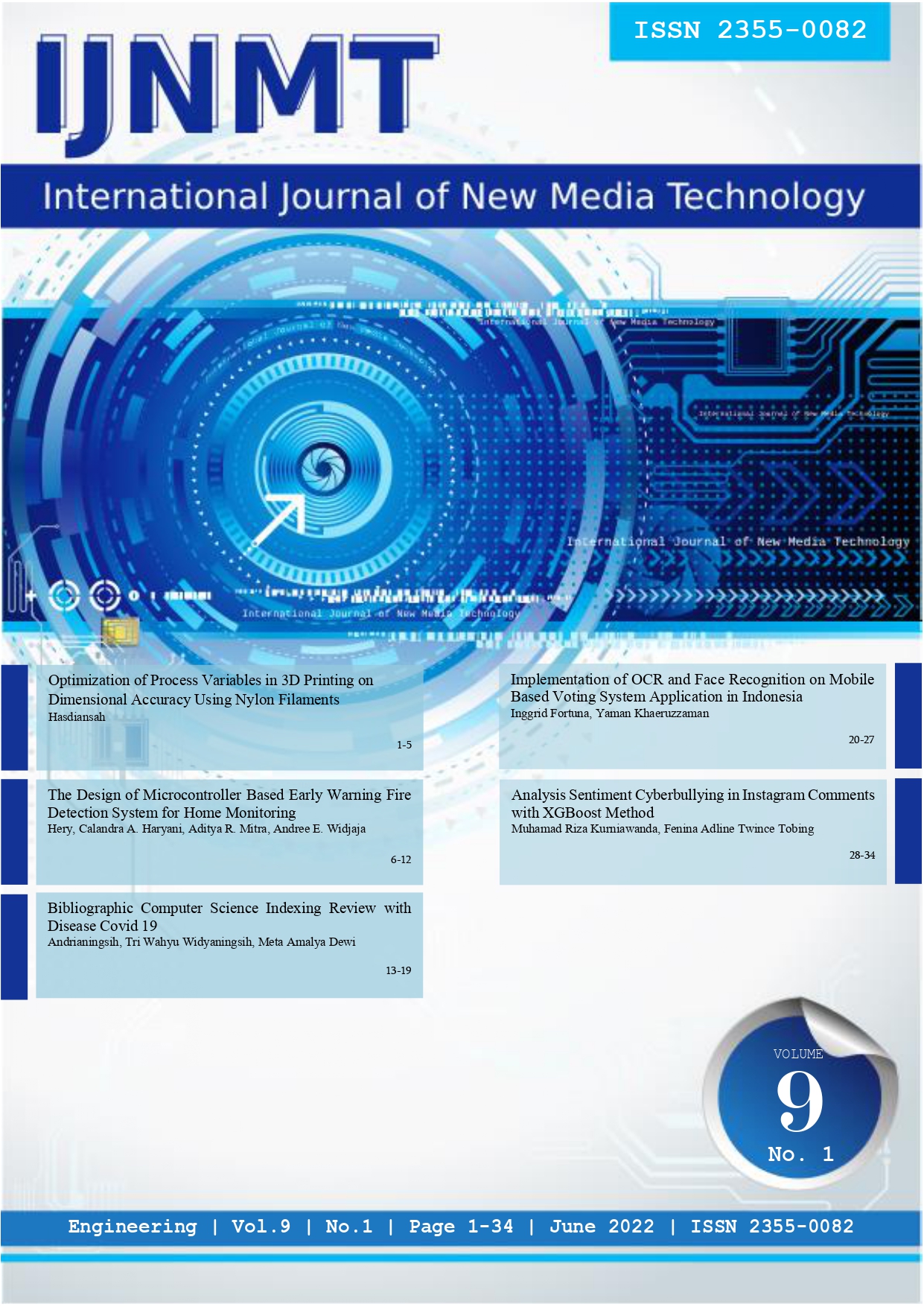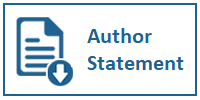Optimization of Process Variables in 3D Printing on Dimensional Accuracy Using Nylon Filaments
DOI:
https://doi.org/10.31937/ijnmt.v9i1.2398Abstract
Abstract”Manufacturing process over the past 50 years has led to very rapid and continuous progress in the manufacturing industry, one of the manufacturing processes that has progressed is 3D printing technology. The type of filament used in this research is nylon filament. This study aims to obtain optimal process parameters for dimensional accuracy. The method used in this study is the Taguchi L27 OA method. The process parameters used are nozzle temperature, bad temperature, layer thickness, flowrate, printing speed, overlap, infill density, infill speed, wall thickness. The results showed that the optimal process parameters are nozzle temperature(256°C), bad temperature(96°C), layer thickness(0.2mm), flowrate(90%), printing speed(30mm/s), overlap (10%),
Keywords: 3D printing; Accuracy; Dimensions; Nylon; Parameter;
Downloads
Downloads
Published
How to Cite
Issue
Section
License
Authors retain copyright and grant the journal right of first publication with the work simultaneously licensed under a Creative Commons Attribution-ShareAlike International License (CC-BY-SA 4.0) that allows others to share the work with an acknowledgement of the work's authorship and initial publication in this journal.
Authors are able to enter into separate, additional contractual arrangements for the non-exclusive distribution of the journal's published version of the work (e.g., post it to an institutional repository or publish it in a book), with an acknowledgement of its initial publication in this journal.
Copyright without Restrictions
The journal allows the author(s) to hold the copyright without restrictions and will retain publishing rights without restrictions.
The submitted papers are assumed to contain no proprietary material unprotected by patent or patent application; responsibility for technical content and for protection of proprietary material rests solely with the author(s) and their organizations and is not the responsibility of the IJNMT or its Editorial Staff. The main (first/corresponding) author is responsible for ensuring that the article has been seen and approved by all the other authors. It is the responsibility of the author to obtain all necessary copyright release permissions for the use of any copyrighted materials in the manuscript prior to the submission.















